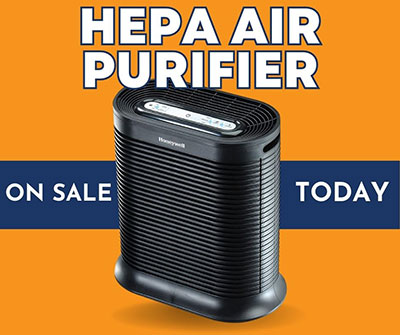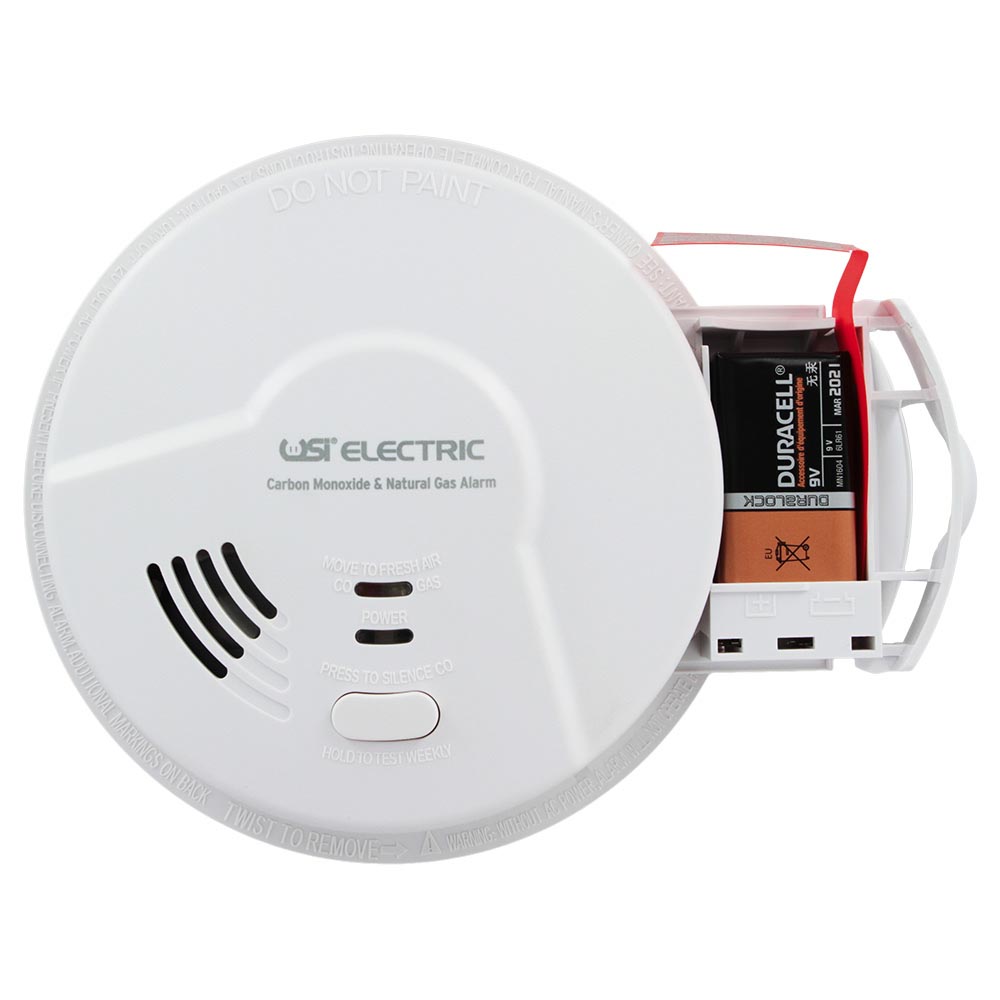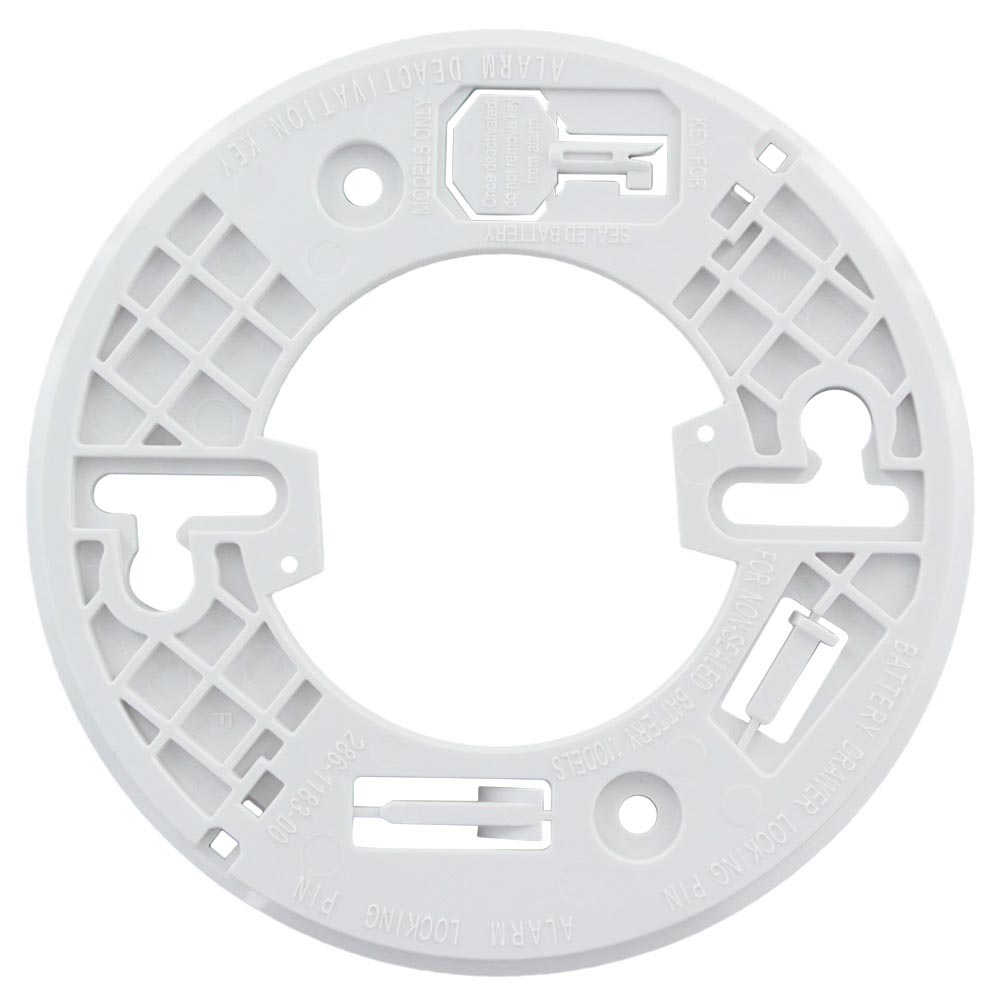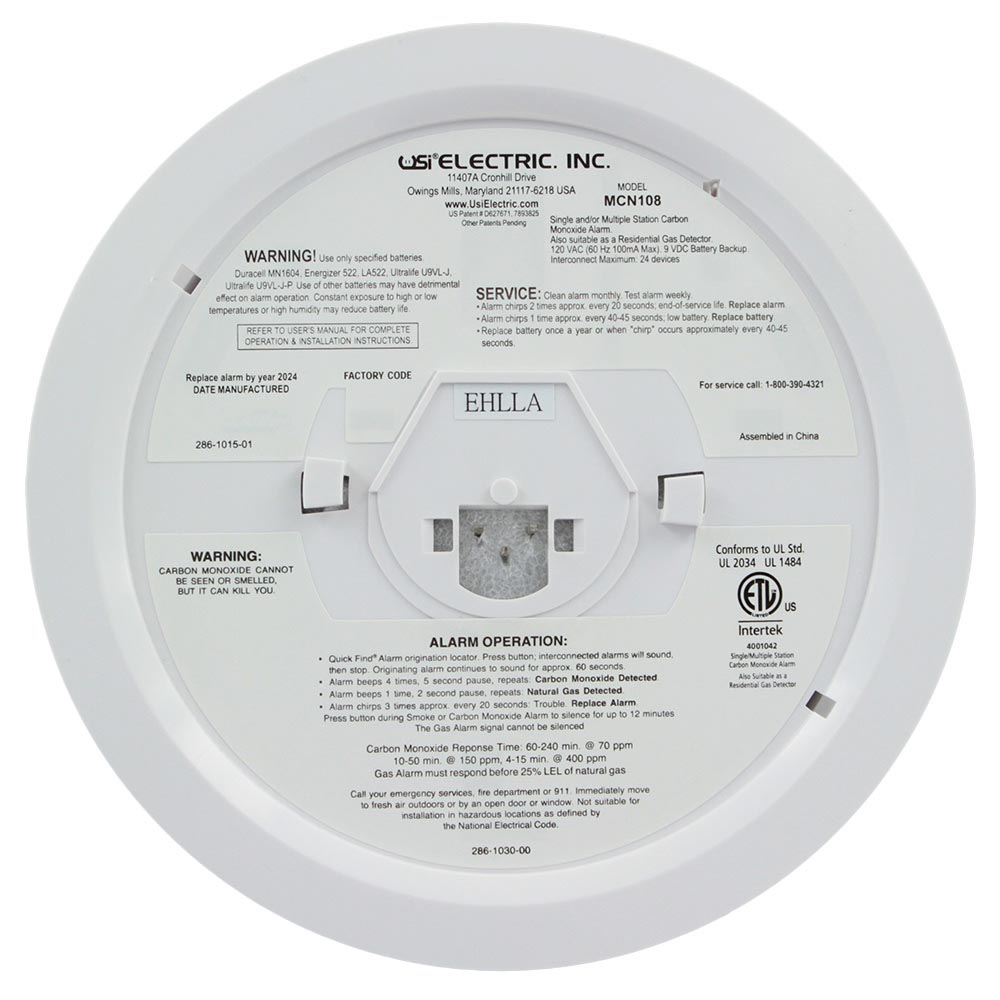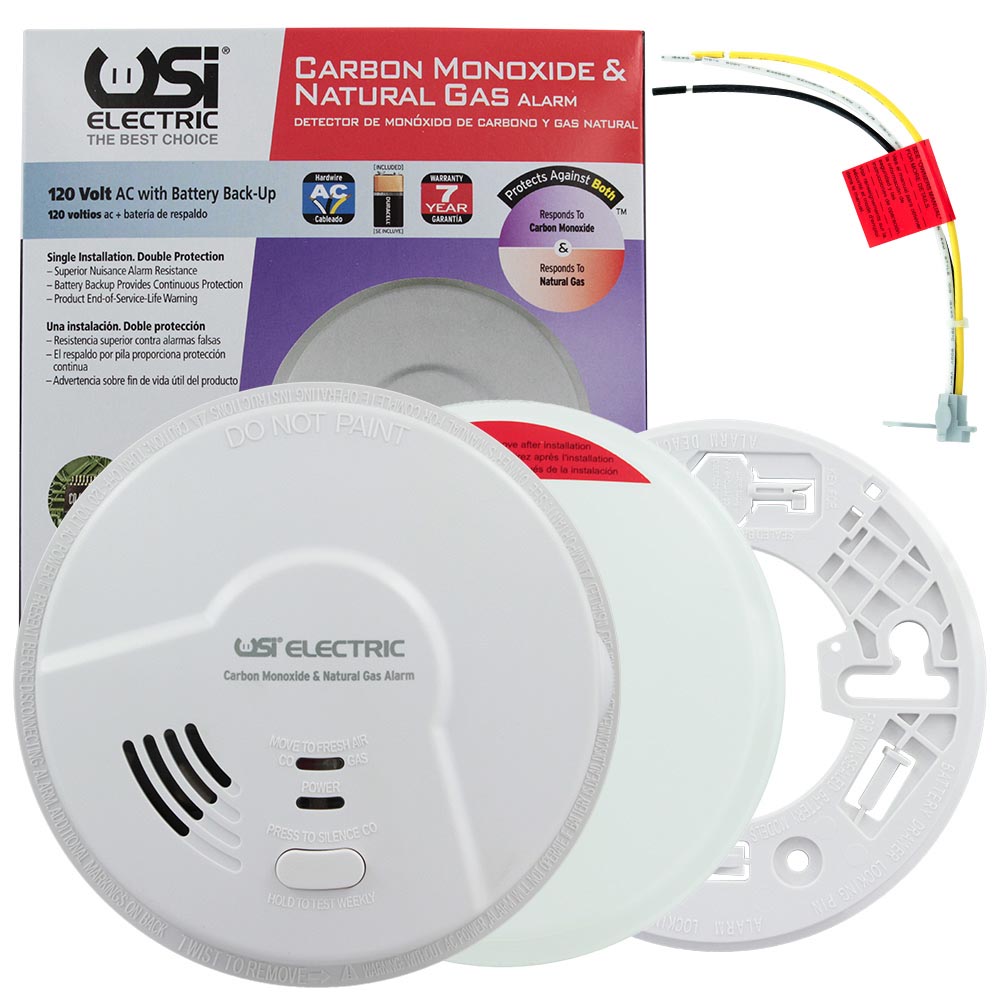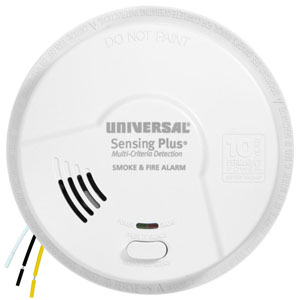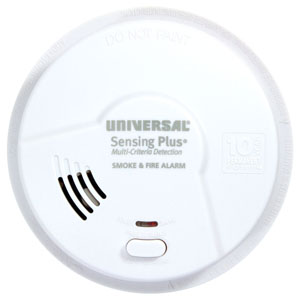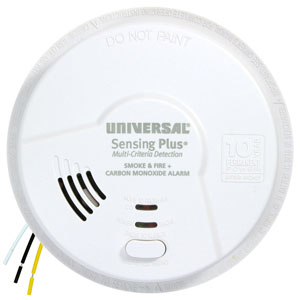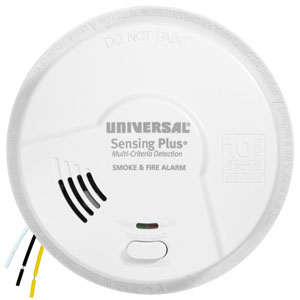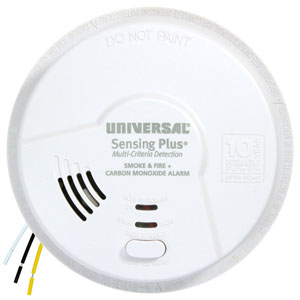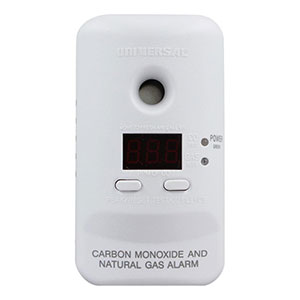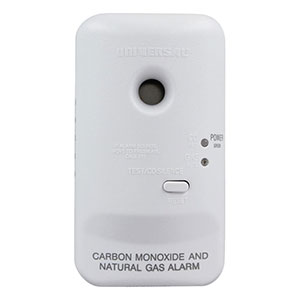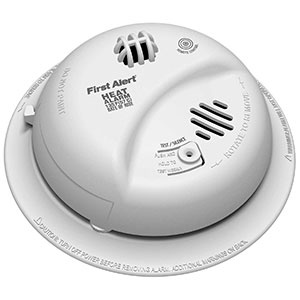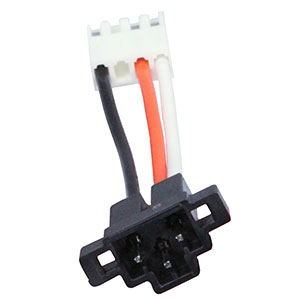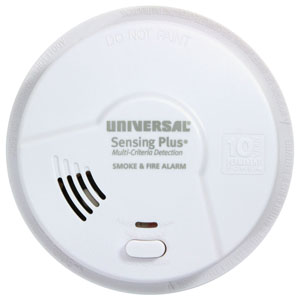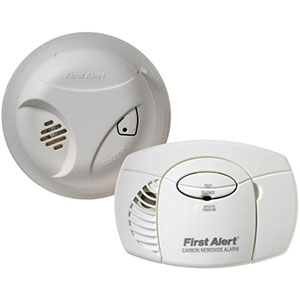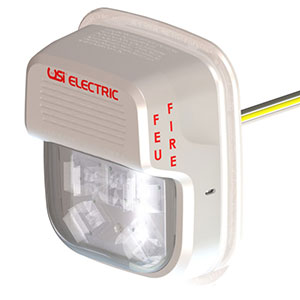USI Electric Hardwired 2-in-1 Carbon Monoxide and Natural Gas Smart Alarm with Battery Backup (MCN108)
- 2-in-1 Carbon Monoxide and Natural Gas Smart Alarm
- 120 Volt AC Hardwired Alarm
- Can be used to replace the USI-7390 alarm, uses same connector plug.
- Dual Technology Offers Double Protection
- 9 Volt Battery Backup Included
- Loud 85 dB Alarm
- Self Diagnostic Feature
- Product End of Service Life Warning
- Test/Reset Button
- Quick Draw Battery Drawer
- 3 LED's Indicate: Power, CO & Gas
- Interconnectable up to 24 Compatible Devices
- Quick Find Alarm Origination/Locator
- Tamper Resistant Locking Feature for Alarm & Battery
- Battery Activation Pull Tab
- Bracket Mounts to any Standard Wiring Junction Box
- Ideal for Homes, Apartments and Mobile Homes
- Conforms to UL Std. UL 2034 and UL 1484
- California State Fire Marshal Approved
- 7 Year Limited Warranty
Carbon Monoxide and Natural Gas Detection
The USI Electric MCN108 Hardwired Carbon Monoxide and Natural Gas Smart Alarm is a 2-in-1 device that provides double the protection with a single installation. This dual-sensing alarm protects against two deadly household threats: carbon monoxide and natural gas (or methane). Perfect for new or replacement installations, the 120-volt AC/DC hardwired alarm is suitable for houses, apartments and mobile homes.
Auto sensitivity calibration provides superior nuisance alarm protection and creates consistency in alarm sensitivity. This alarm has additional automatic features including a self-diagnostics check to ensure proper operation, a sensitivity adjustment for changes in temperature or humidity and an end-of-service life warning that sounds when it's time to replace the battery. The 9-volt alkaline battery (included) continues protection in the event of a power outage.
This carbon monoxide and natural gas alarm features a quick activation pull-tab and a front-loading battery drawer for replacement without removing the alarm from the bracket. Mount the bracket to any standard wiring junction box and use the large mounting base to cover imperfections in drywall. The plastic dust cover protects the alarm from debris and (2) tamper-resistant locks prevent unwanted alarm or battery removal.
For maximum protection, install an alarm inside every bedroom, outside every sleeping area and on all levels of the dwelling. The USI Electric MCN108 Hardwired Carbon Monoxide and Natural Gas Smart Alarm comes with a 7 year limited warranty.
- If the Alarm is exposed to 400 ppm of CO, it must alarm between 4 and 15 minutes.
- If the Alarm is exposed to 150 ppm of CO, it must alarm between 10 and 50 minutes.
- If the Alarm is exposed to 70 ppm of CO, it must alarm between 60 and 240 minutes.
- Warranty: 7 year Limited Warranty
- Alarm Power Source: 120 volt hardwired & 9 volt battery backup
- Alarm Sensor Type: Metal Oxide Carbon Monoxide Sensor
- Manufacturing Credits: ISO 9001 certified factory, UL listed & CSFM listed
- Packaging: Easy Open Box Packaging
- Product Dimensions (W x H x D): 5.75 x 5.75 x 1.75 in.
- Product Weight: 0.63 lbs.
If you are interested in ordering a large quantity of items you may qualify for volume pricing discounts. Volume Discount Pricing is a great way for customers to save big on large, bulk orders of most items available in our store. Please send a bulk order request to our friendly sales staff so they may create a quote and provide personal service for your order! You will receive a response within 1-2 business days and our office hours are Monday through Friday, 8am-5pm CST.
- Let us know what products & the quantities you are interested in.
- Get a detailed quote from a dedicated sales rep.
- Our warehouse ships directly to you.
- You enjoy the savings & are now a preferred customer.
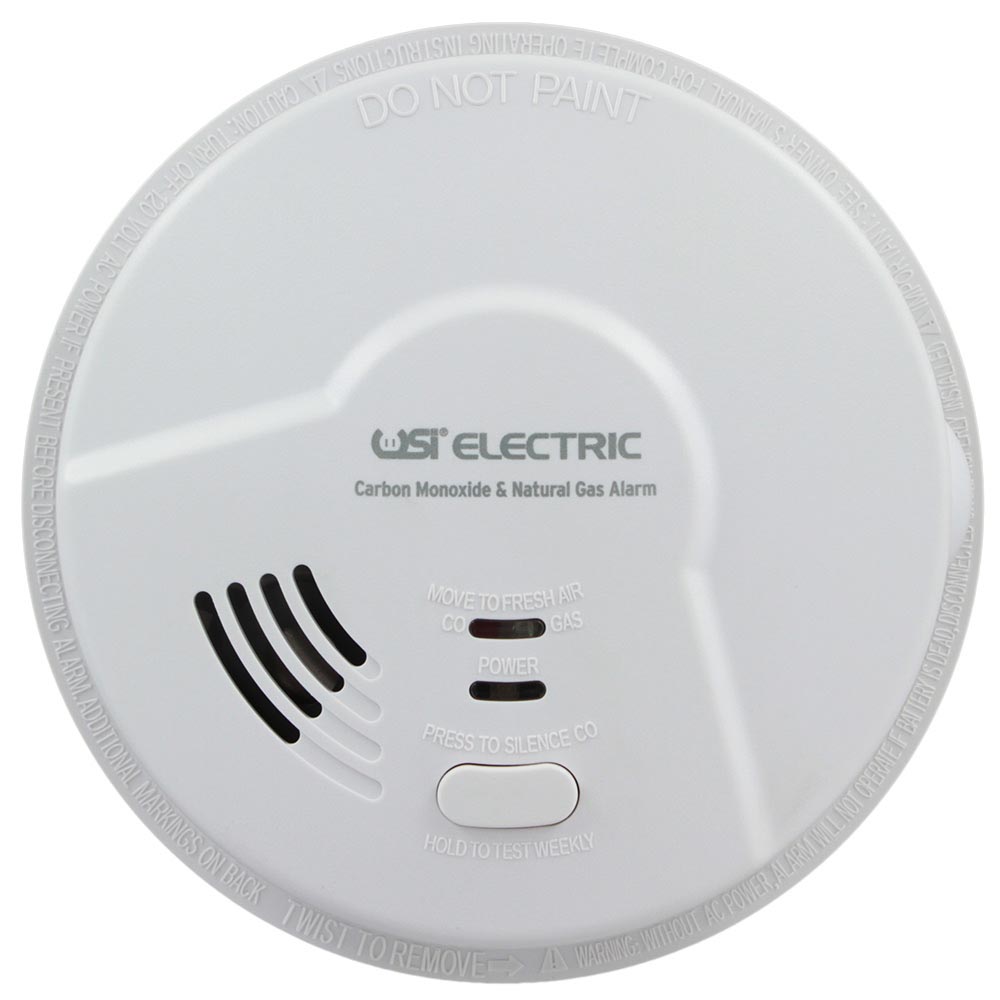
USI Electric Hardwired 2-in-1 CO and Natural Gas Alarm, Battery Backup Reviews
Installed 150 so far and we found 2 gas leaks soon as we we installed them I highly recommend this product
Delivery was on time and they had the product that I needed.
Delivery was on time and they had the product that I needed.
Easy to install. No programming required. Simple read out
Item performed as stated
GOODâï¸
This alarm replaced my previous hard-wired USI Carbon Monoxide alarm. It was reasonably priced and delivered to my home on time. It was very easy to install as the electrical connector was the same as my previous model. It also detects Natural Gas as an added bonus. Overall, I am very pleased with this purchase and would recommend it.
Good experience ordering on website. Delivery of product and product itself.
Product works great
I was pleasantly surprised this company was still producing after there product has been in homes.for 10 years. Thanks for providing me a 1 for 1 swap option you saved me a lot of time.


